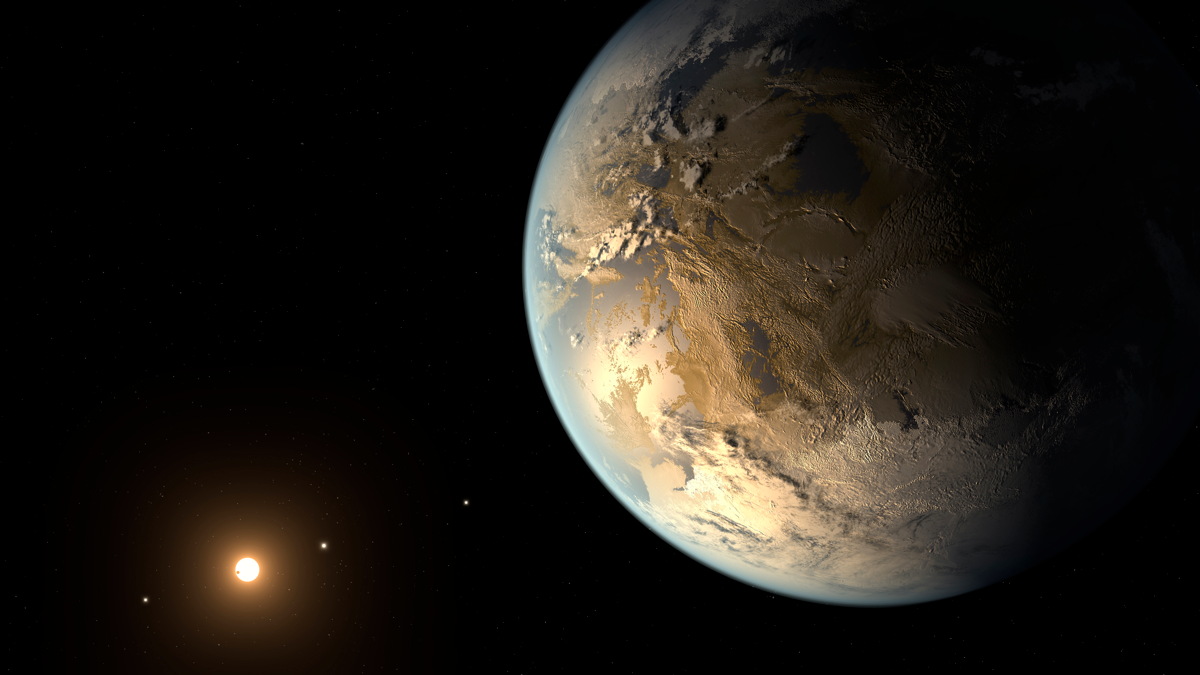Scientists Identify 20 Alien Worlds Most Likely to Be Like Earth

Astronomers are narrowing the field in their search for a "second Earth."
An international team of researchers has identified the 20 most Earth-like worlds among the more than 4,000 exoplanet candidates that NASA's Kepler space telescope has detected to date, scientists report in a new study.
All 20 potential "second Earths" lie within the habitable zones of their sun-like stars — meaning they should be able to harbor liquid water on their surfaces — and are likely rocky, the researchers said. [The Search for Another Earth (Video)]
Identifying these Earth-like planets is important in the hunt for alien life, said study lead author Stephen Kane, an associate professor of physics and astronomy at San Francisco State University (SFSU).
"[It] means we can focus in on the planets in this paper and perform follow-up studies to learn more about them, including if they are indeed habitable," Kane said in a statement.
Kane and his team sorted through the 216 habitable-zone Kepler planets and candidates found so far. (A "candidate" is a world that has yet to be confirmed by follow-up observations or analysis. Kepler has found about 4,700 candidates to date, more than 2,300 of which have been confirmed; about 90 percent of all candidates should eventually turn out to be the real deal, mission team members have said.)
Second-Earth candidates had to be safely within the habitable zone. If a planet is too close to the inner edge, it could experience a runaway greenhouse effect like the one that occurred on Venus. And if it's too close to the outer edge, the planet could end up being a frigid world like Mars, the researchers said.
Get the Space.com Newsletter
Breaking space news, the latest updates on rocket launches, skywatching events and more!
In addition to categorizing the planets by their place in the habitable zone, Kane and his team also sorted them by size, ruling out worlds that were big enough to be gaseous.
There are five confirmed planets in the top 20: Kepler-186f, Kepler-62f, Kepler-283c, Kepler-296f and Kepler-442b. The other 15 are unconfirmed candidates.
Categorizations like this suggest that the universe is teeming with planets that could possibly harbor life, study team members said.
"It's exciting to see the sheer amount of planets that are out there," study co-author Michelle Hill, an Australian undergraduate studying abroad at SFSU, said in the same statement. "[It] makes you think that there is zero chance of there not being another place where life could be found."
The new study has been accepted for publication in The Astrophysical Journal. You can read it for free on the online preprint site ArXiv.org here: http://arxiv.org/pdf/1608.00620v1.pdf
Follow Kasandra Brabaw on Twitter @KassieBrabaw. Follow us @Spacedotcom, Facebook and Google+. Original article on Space.com.
Join our Space Forums to keep talking space on the latest missions, night sky and more! And if you have a news tip, correction or comment, let us know at: community@space.com.

Kasandra Brabaw is a freelance science writer who covers space, health, and psychology. She's been writing for Space.com since 2014, covering NASA events, sci-fi entertainment, and space news. In addition to Space.com, Kasandra has written for Prevention, Women's Health, SELF, and other health publications. She has also worked with academics to edit books written for popular audiences.









